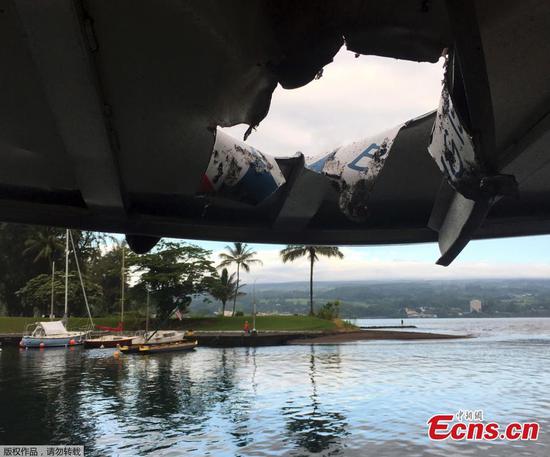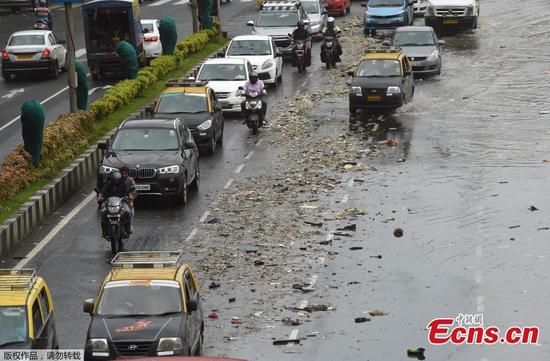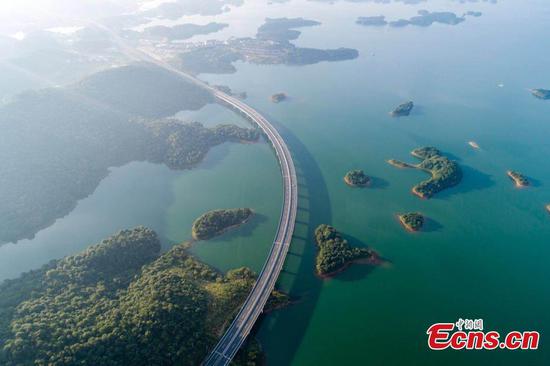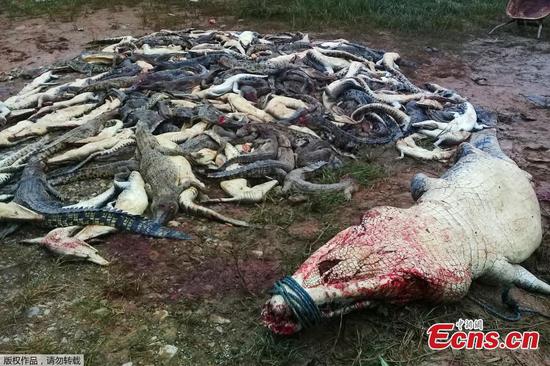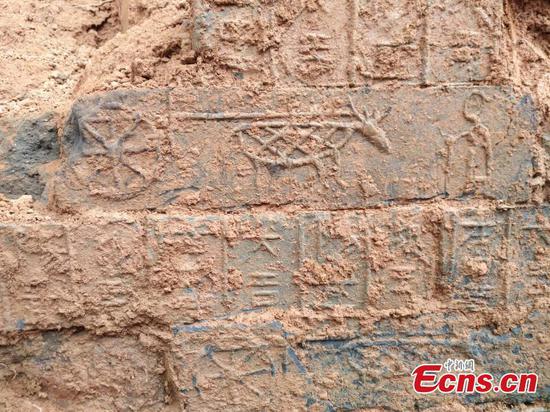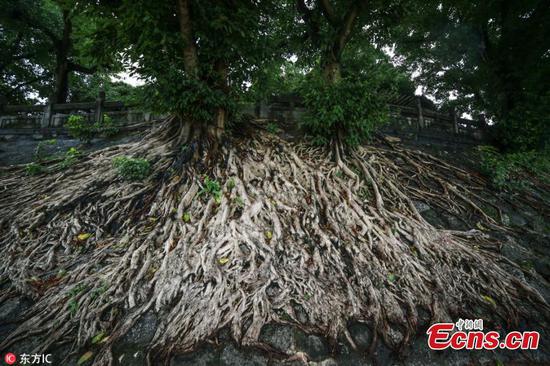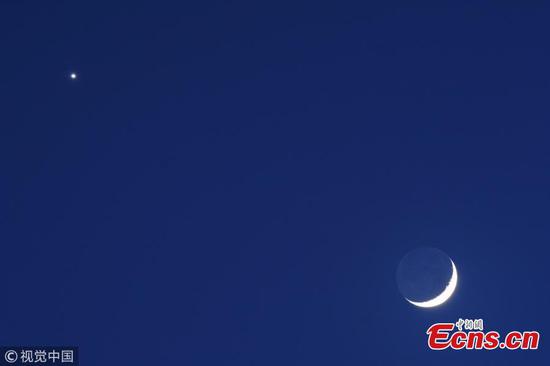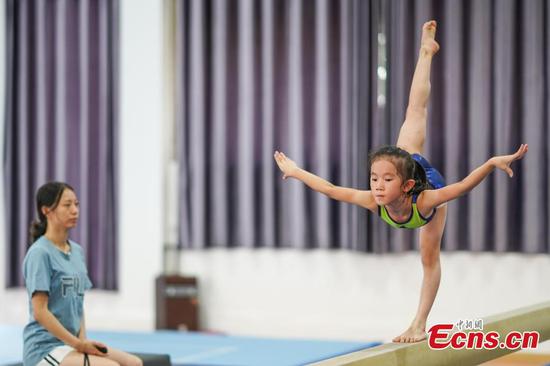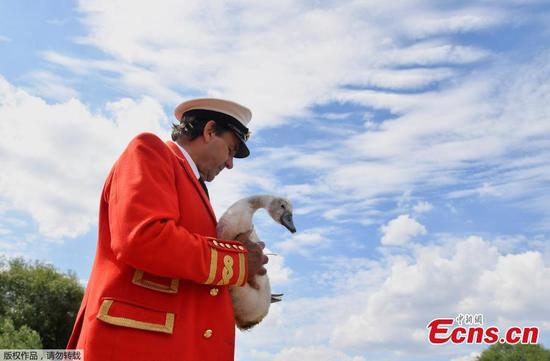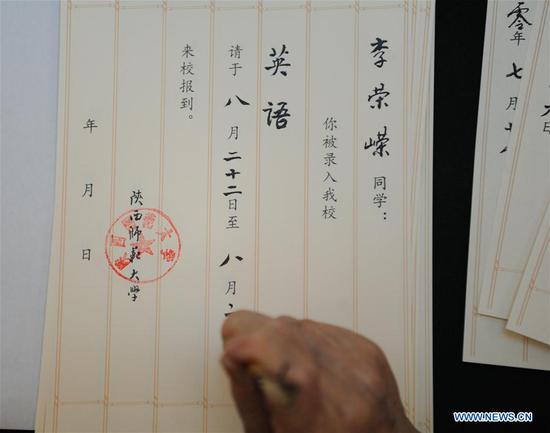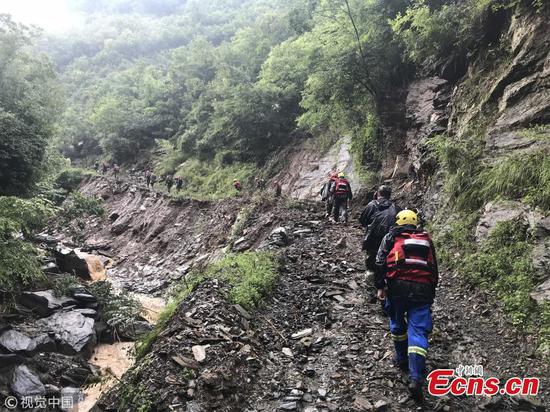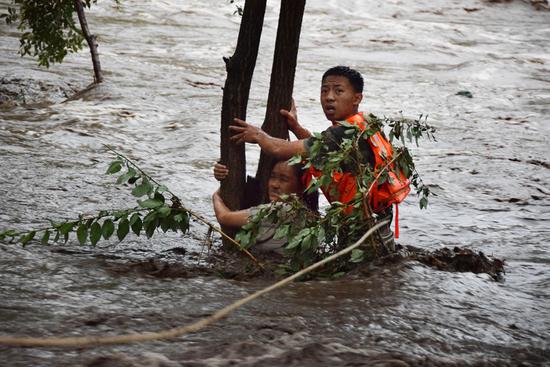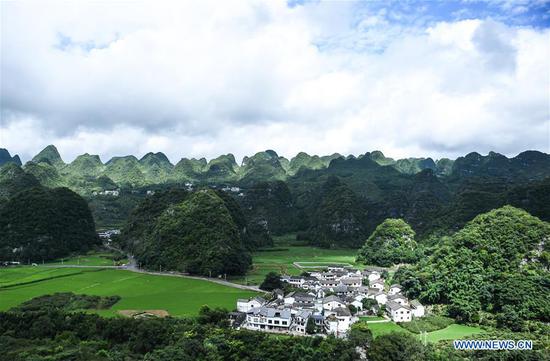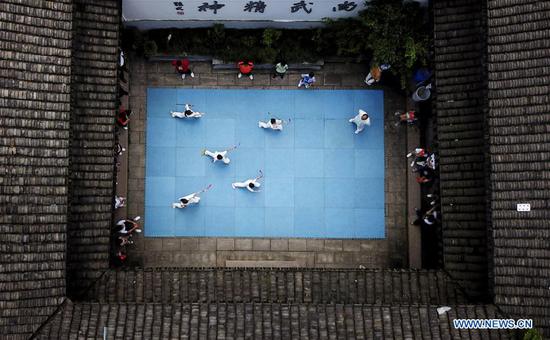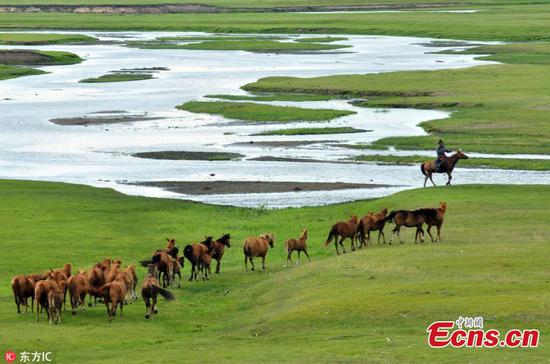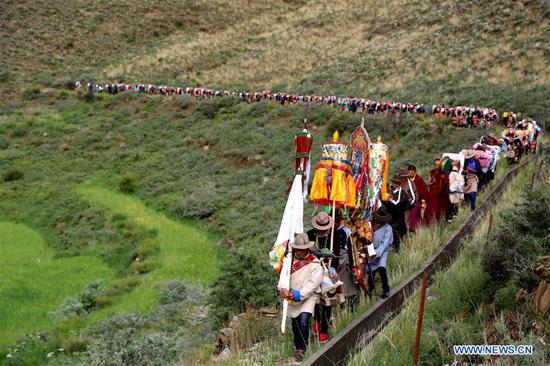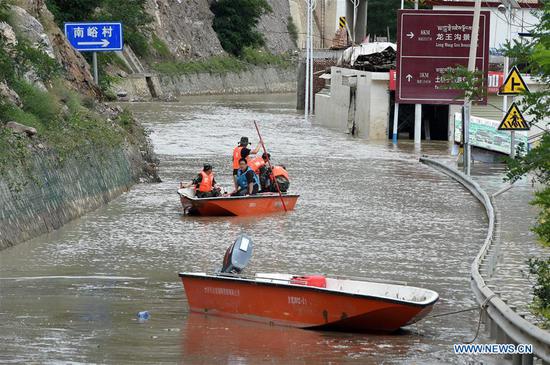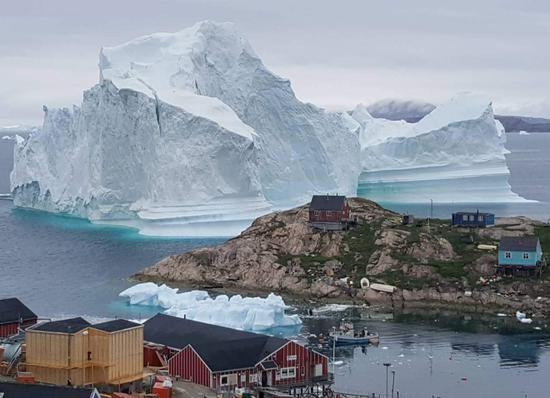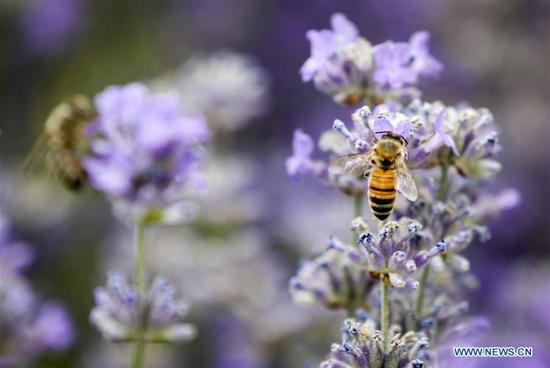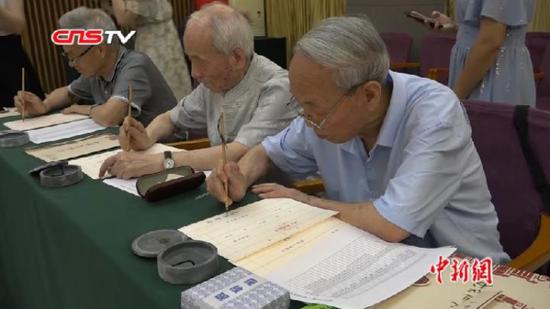A white paper released Wednesday said that an economic model featuring a circular economy, renewable energy, and distinctive industries, is forming on the Qinghai-Tibet Plateau, signaling an increasing level of green development.
The white paper, titled Ecological Progress on the Qinghai-Tibet Plateau, was published by the State Council Information Office.
Green production has begun to take shape on the plateau, said the white paper, noting that provinces and autonomous regions on the Qinghai-Tibet Plateau are committed to an eco-friendly path to economic growth involving low and intensive utilization of resources.
The white paper pointed out that unique strengths of local agriculture and animal husbandry have become increasingly outstanding on the plateau.
According to the white paper, since 2004, the state has invested more than 3 billion yuan (448.3 million U.S. dollars) in Tibet, directed to more than 450 projects in 10 categories related to agriculture and animal husbandry unique to the region, including highland barley, yak-breeding, and traditional Tibetan medicine.
More than 100 leading enterprises have emerged as a result, increasing the incomes of local farmers and herdsmen by 1.18 billion yuan and benefiting 1.75 million people.
Green energy also developed rapidly on the Plateau which is rich in hydro energy, solar energy, geothermal energy, and other green energies, said the white paper.
It also noted that tourism has become an important channel for green growth and higher incomes for farmers and herdsmen.
In 2017, Tibet hosted more than 25.61 million visitors and its revenues totaled 37.94 billion yuan, representing 28.95 percent of the region's GDP; Qinghai received 34.84 million visitors and its revenues totaled 38.15 billion yuan, representing 14.44 percent of the province's GDP, according to the white paper.









